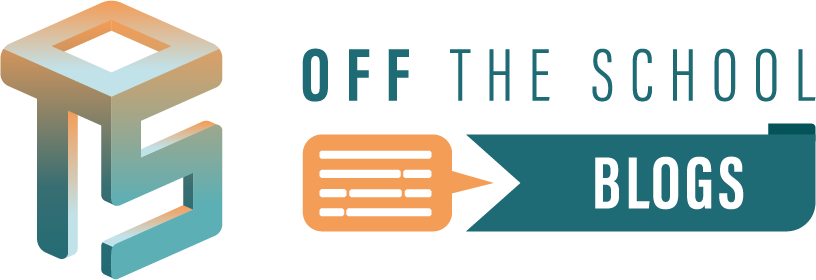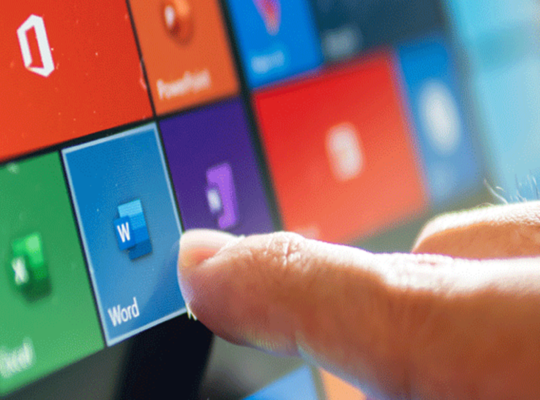So you want to be a programmer? It’s a noble goal and one that can take you far. But where will you start?
This article will give you an overview of what programming is and the basics of how it works. We’ll also introduce you to some of the most common programming languages and show you examples of what they can do.
By the end of this article, you’ll have a basic understanding of programming and be well on your way to learning more!
What Is Programming and What Is It Used For?
Programming can be defined as speeding up a task or action by creating a set of written instructions for running a specific sequence of commands or tasks, basically a form of automation.
Programming is used in various fields, including business, science, medicine, engineering and entertainment. For example, programming can be used to create custom software that automates tasks or processes. In science, programming can be used to make sophisticated models and simulations. In the field of medicine, it can create custom treatments and therapies. Engineers can use programming to make custom designs and prototypes. The programming language can make video games, movies, and other multimedia.
Subsets of Programming Languages
There are a few different types of programming languages. The first type is low-level programming languages which are “Assembly”, “C”, and “Machine Language”. These programming languages are designed to talk directly to the hardware of a computer.
The second type of programming language is called high-level programming language. This category includes “Python”, “Ruby”, “Java”, and “C++”. These languages are designed to be more user-friendly and can be used to create a wide variety of software.Finally, there are scripting languages. Scripting languages are designed for automating tasks. This includes tasks like managing files or network connections. One popular scripting language is “Bash”, which is used in Linux and Mac environments.
Popular Types of Programming Languages
When it comes to programming, there are a few different languages that are popular among developers. Each language has its own set of rules, as well as benefits and drawbacks.
The most popular type of programming language is the high-level language. This type is easy to learn, and it’s what most people start with when they’re first getting into programming. High-level languages are translated into machine code, which is what computers actually understand.
Low-level languages are more complex and may require more focus but offer more control over the final product. This type of language is closer to the code that a computer actually understands. This makes it perfect for more complex kinds of projects.
Assembly language is another type of low-level language that’s popular among developers. This type is even more complicated to learn than low-level languages, but it offers the most flexibility and control over the project.
Fundamental Programming Concepts
If you want to learn how to program, there are a few concepts you need to understand first. In this section, we’ll introduce you to some of the most fundamental ideas in programming.
– Algorithms: An algorithm is a set of instructions followed to solve a problem. In programming, algorithms can manipulate data and produce the desired results.
– Data types: A data type is a classification that determines what kind of data can be stored in a variable. There are many different data types, such as integers, strings, and Boolean values
– Variables: A variable is a named location in memory where data can be stored. Variables can be used to store data of any type, and they can be used to store information that changes over time.
– Functions: A function is a block of code that performs a specific task. Functions are often used to perform repetitive tasks or to perform tasks that require complex calculations.
– Loops: A loop is a type of control flow statement that allows you to execute a block of code multiple times. There are many different types of loops, such as for loops and while loops.
Essential Skills Needed to Be a Programmer
Aside from the more technical skills that we’ll talk about later, there are a few essential skills that you’ll need to be a good programmer.
First, you need to be able to think logically. This means being able to break down a problem into smaller pieces and then figure out how to solve each piece. This is a skill that can be developed with practice, but some people find it easier than others.
Second, you need to be able to pay attention to detail. This is important because even a small mistake can cause a program to not work.
Third, you need to be able to persevere when things get difficult. Programming can be challenging, and there will be times when you feel like giving up. But if you stick with it, you’ll eventually figure things out.
These are just a few of the essential skills needed to be a programmer. In the next section, we’ll talk about some of the more technical skills that you’ll need to learn.
Troubleshooting Common Issues With Programming Codes
Programming is a complex process, and even the most experienced developers run into issues from time to time. When you’re just starting out, it’s normal to feel lost and overwhelmed when things don’t work the way you expect them to.
Here are some common issues you might run into and how to troubleshoot them:
– Syntax errors: These are errors in the lines you’ve written in your code, and they’re usually pretty easy to fix. If you see a red highlight under your code, that’s usually a syntax error. It means using a function that doesn’t exist or just typing the spelling wrong.
– Runtime errors: These happen when your code does something illegal. For example, if you try to divide by zero, that will usually result in a runtime error.
– Infinite loops: This happens when your code keeps running without ever stopping. It can cause your computer to freeze up, so it’s important to find and fix these errors as soon as possible.
– Logic errors: These are the hardest errors to find because they don’t necessarily produce an error message. Logic errors happen when your code is doing what you’ve told it to do, but it’s not doing what you actually want it to do. For example, if you’re trying to calculate the average of a list of numbers, but your code is adding up the numbers incorrectly, that would be a logic error.
The best way to learn how to troubleshoot these errors is by practice. Every time you run into an issue, take some time to figure out what went wrong and how you can fix it. The more you do it, the better you will become.
In a nutshell, that’s what programming is all about. It’s a way to tell a computer what to do using a language it can understand. Of course, there’s more to programming than this, but for now, this gives you a basic overview.

Meet Abdul Ahad, a Computer Science student who is passionate about shaping the future with technology.







